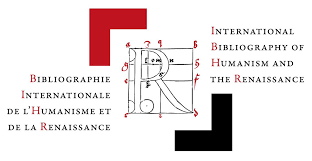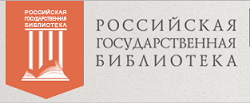An anatomy of national-territorial conflicts in Central and Eastern Europe in 1938–1949
Сальков А. П. Национально-территориальные конфликты в Центрально-Восточной Европе во внешней политике СССР (1938–1949 гг.). — Минск: БГУ, 2019. — 743 с. ISBN 978-985-566-777-4
DOI:
https://doi.org/10.31168/2073-5731.2020.3-4.7.04Keywords:
National and territorial conflicts, Central and Eastern Europe, USSR, foreign policy, geopolitical interestsAbstract
A solid monograph written by the well-known Byelorussian historian and expert in the field of Slavonic Studies A. P. Salkov and published in Minsk in 2019 focuses on wide-scale, detailed and in-depth analysis of numerous national and territorial conflicts in Central and Eastern Europe in 1938–1949 and the role of USSR in their resolution. On the basis of an enormous amount of archival sources and published documents, the author comes to a conclusion that a combination of ethnic and historical arguments as well as geopolitical and ideological preferences of the USSR and other great powers played a key role in the process of conflict resolution in that part of Europe. The overall result of the actions of the Soviet diplomacy in the process of settlement of national and territorial conflicts in this region was to ensure the geopolitical and ideological interests of the USSR.
For citation
Shevchenko K.V. An anatomy of national-territorial conflicts in Central and Eastern Europe in 1938–1949 // Slavic Almanac. 2020. Issues 3–4. P. 583–590. DOI: 10.31168/2073-5731.2020.3-4.7.04






